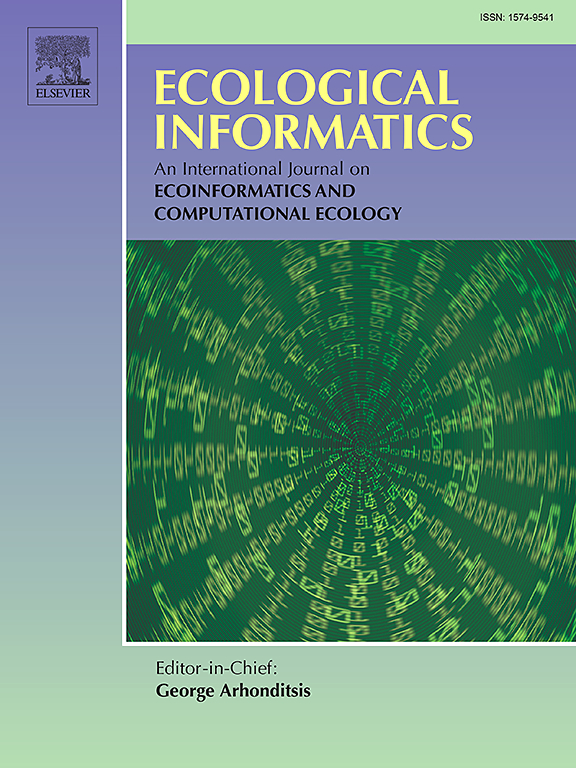Retrieval of planetary boundary layer height from CALIPSO satellite observations using a machine learning approach
IF 7.3
2区 环境科学与生态学
Q1 ECOLOGY
引用次数: 0
Abstract
The planetary boundary layer height (PBLH) is a key variable in air quality, climate modeling, and weather prediction. Traditional retrieval methods, such as radiosondes, provide high accuracy but lack spatial coverage. This study presents a Random Forest (RF) model based on Machine Learning (ML) to estimate PBLH from ten years of Cloud-Aerosol Lidar with Orthogonal Polarization (CALIOP) on board the Cloud-Aerosol Lidar and Infrared Pathfinder Satellite Observations (CALIPSO), using radiosonde measurements as a reference. The model achieves an of 0.67 and an RMSE of 278.02 m with a spatial resolution of 20 × 20 km in a test set that covers mainly Europe and North America. Unlike previous methods, our approach does not require atmospheric typing and uses minimal data filtering, demonstrating robustness under diverse aerosol and cloud conditions. Although validation is currently limited to mid-latitude regions, the method offers a scalable approach to global monitoring and supports the management of climate and air quality. Future work will extend the validation to other geographic zones and explore deep learning models for further improvements.
利用机器学习方法从CALIPSO卫星观测资料中检索行星边界层高度
行星边界层高度(PBLH)是空气质量、气候模式和天气预报的关键变量。传统的检索方法,如无线电探空仪,精度高,但缺乏空间覆盖。本研究提出了一个基于机器学习(ML)的随机森林(RF)模型,以无线电探空测量值为参考,从云气溶胶激光雷达和红外探路者卫星观测(CALIPSO)上的正交偏振云气溶胶激光雷达(CALIOP)的十年数据中估计PBLH。在主要覆盖欧洲和北美的测试集上,模型的R2为0.67,RMSE为278.02 m,空间分辨率为≈20 × 20 km2。与以前的方法不同,我们的方法不需要大气类型,并且使用最小的数据过滤,在不同的气溶胶和云条件下显示出鲁棒性。虽然目前的验证仅限于中纬度地区,但该方法为全球监测提供了可扩展的方法,并支持气候和空气质量的管理。未来的工作将把验证扩展到其他地理区域,并探索深度学习模型以进一步改进。
本文章由计算机程序翻译,如有差异,请以英文原文为准。
求助全文
约1分钟内获得全文
求助全文
来源期刊

Ecological Informatics
环境科学-生态学
CiteScore
8.30
自引率
11.80%
发文量
346
审稿时长
46 days
期刊介绍:
The journal Ecological Informatics is devoted to the publication of high quality, peer-reviewed articles on all aspects of computational ecology, data science and biogeography. The scope of the journal takes into account the data-intensive nature of ecology, the growing capacity of information technology to access, harness and leverage complex data as well as the critical need for informing sustainable management in view of global environmental and climate change.
The nature of the journal is interdisciplinary at the crossover between ecology and informatics. It focuses on novel concepts and techniques for image- and genome-based monitoring and interpretation, sensor- and multimedia-based data acquisition, internet-based data archiving and sharing, data assimilation, modelling and prediction of ecological data.
 求助内容:
求助内容: 应助结果提醒方式:
应助结果提醒方式:


